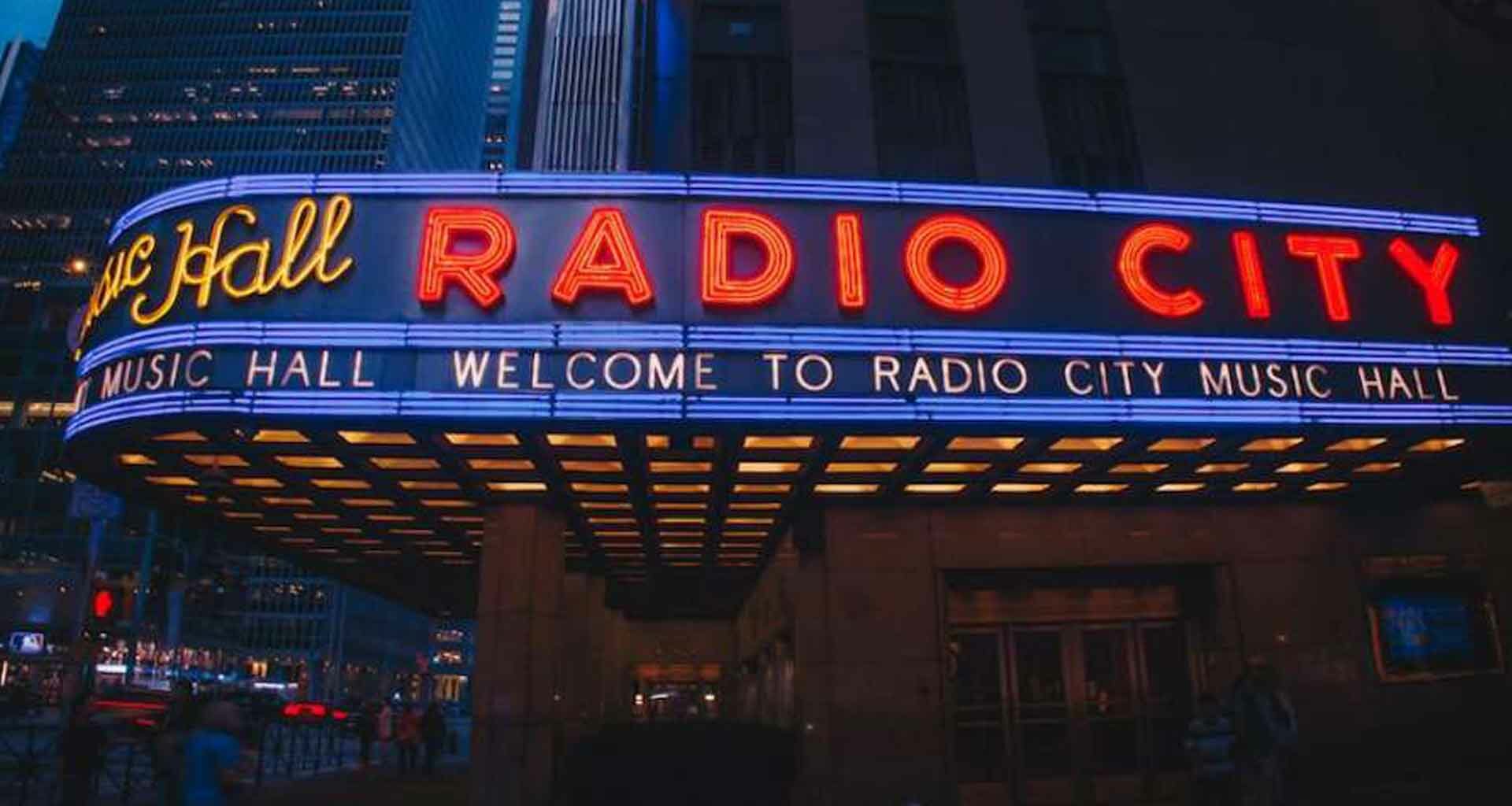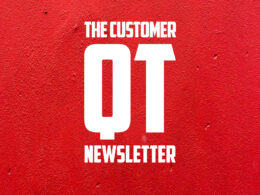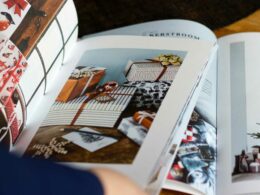There was a great marketer who said the secret of his success was, “Don’t give people what they want – give ’em something better.”
His name was Samuel Lionel Rothafel. Mr. Rothafel – known in the business as “Roxy – was an American theatrical impresario known for his lavish presentations and even more lavish (and successful) marketing.
He created the world’s largest movie palace (5,920 seats on West 50th Street in NYC) and founded the Roxy movie theatre chain. He opened and promoted Radio City Music Hall. That’s where he introduced the precision dance troupe, brought over from his own theatre chain, the “Roxyettes,” known today as the “Rockettes.” Same dance routines, different name, timeless moves and marketing.
He was a stickler for exceeding expectations. He had served in the U.S. Marine Corps (Semper Fi!), and his own corps of ushers were known for their spiffy uniforms. Their attire was so celebrated, it’s mentioned in a stanza of Cole Porter’s song “You’re the Top” (“You’re the pants on a Roxy usher”) from the 1934 hit show, Anything Goes. Not too shabby having a Cole Porter song acknowledge your efforts regarding the meeting of customer expectations!
Anyway, for those of you new to my column, I’m real big into customer expectations. I’m especially big when it comes to helping brands identify those expectations. My research company, Brand Keys, has specialized in measuring expectations and its link to loyalty, consumer behavior, and brand profitability for nearly 30 years. Like Roxy, we counsel brands to give consumers something more than they expected. Loyalty’s bottom-line today comes down to meeting consumers’ deepest expectations. The problem is expectations are constantly growing.
I know that for sure. Consumers want more and more from brands every year. In our new Customer Loyalty Engagement Index (CLEI) cross-category expectations increased 34% YOY. The average brand only kept up by 8%, leaving an enormous gap between what consumers really desire and what they see brands delivering. A brand that can effectively address those expectations can reduce that gap up to 50%. Do that and you can guarantee ongoing and consistent customer loyalty.
That’s because consumer expectations are the most accurate and predictive loyalty indicators anywhere. They’re the “super glue” of loyalty, which, I think, is something Mr. Rothafel would have said if they had super glue back then. But I’m confident in saying he would – to his very core – have felt that exceeding expectations would create an unbreakable bond with his customers. After all, he did it again and again.
Your brand can too.
But only if you know what those expectations are. And that’s a big “if.” Brands are generally pretty bad when it comes to measuring expectations, and here’s why. See, meeting expectations better than your competition transmutes market-share and loyalty into category and market dominance turning your brand into an overwhelming economic far more powerful than unlimited ad spends or universal awareness. That’s a model that applies to all sectors and categories.
Anyhow, we talked to 95,607 consumers this year and here’s some sector-specific examples of brands doing just that. The percentages indicate the brands’ abilities to meet the expectations consumers hold for their Ideal (100%), calculated (by consumers) via some independently validated psychological research and really neat higher-order statistical analyses.
How do you think your brand measures up?
If it makes you feel any better, nobody reaches 100%. Because consumer behavior and decision-making and brand choice and expectations are more emotional than rational and what consumers feel they want is always more than what they say they want. And traditional research doesn’t measure that. So, as Roxy advised, you need to “give’em something better.” So, we do.
Anyway, here’s some 2024 sector successes:
- Automotive: Hyundai (89%)
- Broadcast & Entertainment: Netflix (85%)
- CPG & Personal Products: Häagen-Dazs (92%)
- Digital & Online: Google (94%)
- Electronics: Apple (95%)
- Finance: PayPal (90%)
- Food & Beverage: Dunkin’ (93%)
- Restaurants: McDonald’s (91%)
- Retail: Amazon (96%)
- Technology: ChatGPT (96%)
- Travel: Expedia (89%)
A complete list of the 2024 CLEI brands best at meeting their category expectations can be found here. These results and their diagnostics offer up something more concrete than the accumulation of points, awareness levels, number of likes, appearances on TikTok, or where you end up on a 10-point scale. Those metrics only allow brands to bask in mediocrity. Real loyalty metrics correlate very highly with actual consumer behavior. Oh, and brand sales and profits. I think Roxy would also agree it’s nice to be entertaining, but you need to be profitable too.
And sure, measuring loyalty and expectations is more difficult and more complex in the same way the consumer and marketplace have become more difficult and complex. Loyalty is the consumer-to-brand bond, the super glue, the bridge between emotional engagement and future purchases. From a measurement perspective think of it as the degree to which a brand meets expectations that consumers hold for the Ideal product or service in its category. It’s the ultimate answer to the question, “Do you know what consumers desire and what to do to deliver on their expectations?”
Mr. Rothafel would have said, “Yes.”
But the real question is, can your brand?












